Your car is a finely tuned machine that demands care. One of the most overlooked, yet crucial parts of its health? It needs help to stay cool. That help comes from coolant antifreeze.
Without it, your engine can overheat. Think of it like sweating on a hot day. Your Mercedes-Benz sweats with coolant. But sweat gets dirty, and so does coolant. That’s why a Mercedes-Benz coolant flush is important.
It keeps the engine fresh, clean, and happy. Your Mercedes-Benz needs a coolant flush on a regular basis to stay at peak performance. Your cooling system keeps everything balanced. Don’t let heat break it. Skipping it can cause:
- Rust and impurities buildup
- Clogged heater core
- Failing thermostat
- Damaged hose
- Worn water pump
- Poor fuel economy
- Odd electrical problems
What Is A Coolant Flush?
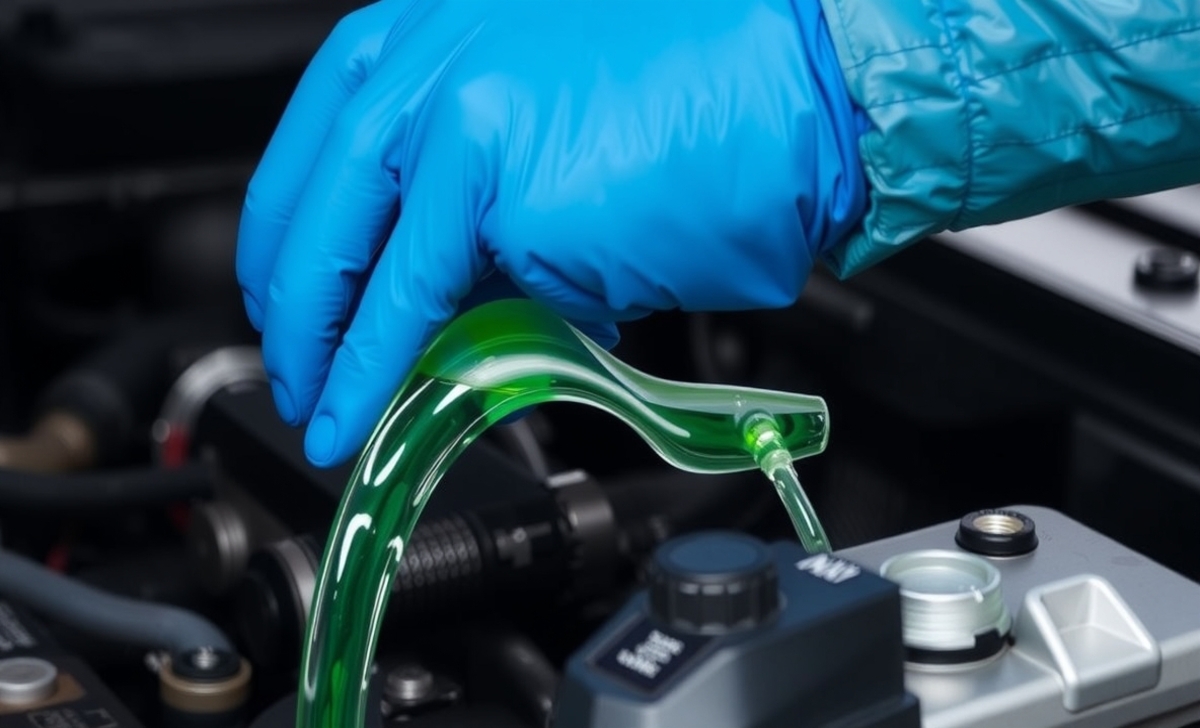
A coolant flush is also known as a radiator flush. It is a car maintenance service where old, dirty coolant (antifreeze) is completely drained from the radiator and replaced with fresh coolant. It’s like giving your engine’s cooling system a deep clean. A coolant flush is like giving your engine a bath. It washes away old dirty coolant. Then, it adds new coolant antifreeze to help:
- Cool the engine
- Seal leaks in small places
- Stop rust buildup
- Keep the cooling system healthy
- Protect the water pump and other parts
Think of it like cleaning out a clogged straw. Fresh flow means less trouble.
Importance Of A Coolant Flush
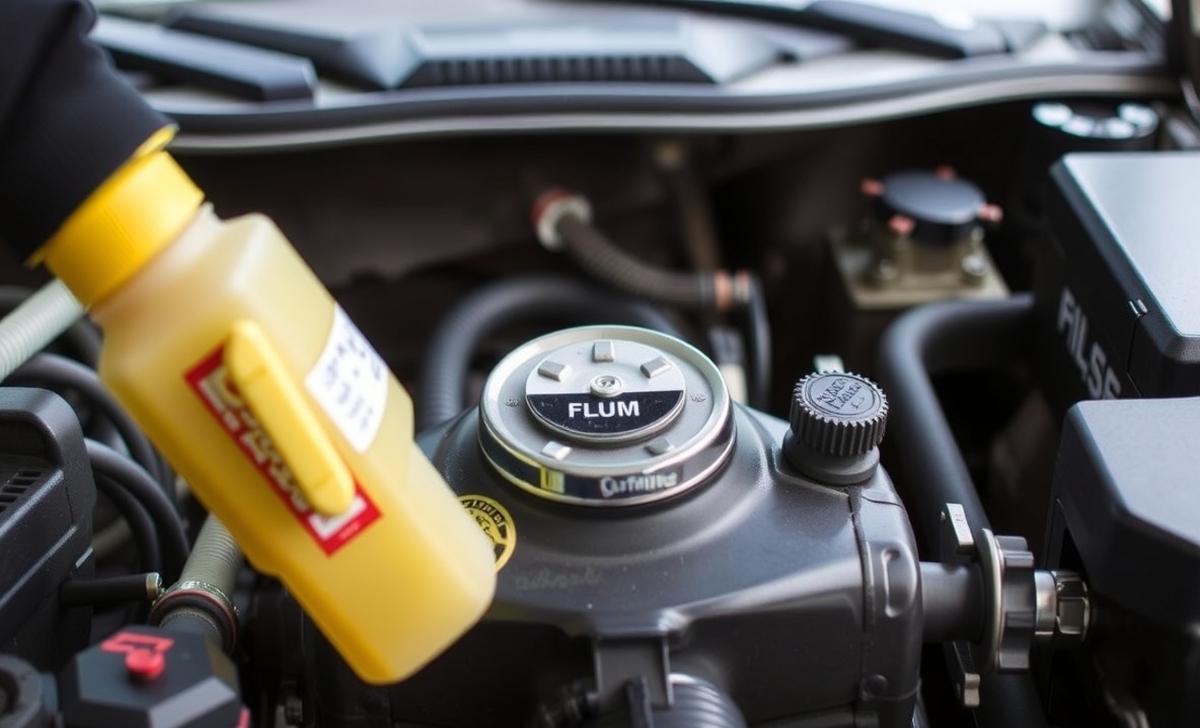
Let me tell you a story. I once ignored a coolant flush on my old ride, thinking, “Eh, it’s just fluid.” Big mistake. One day, I noticed a sweet taste smell after a drive and watched my temp gauge flirt with red. Boom—overheating coolant antifreeze, a damaged radiator cap, and a weekend spent dealing with repairs.
Lesson? Don’t skip this small but mighty task.
Coolant doesn’t just cool—it protects. It prevents rust, lubricates the water pump, and seals leaks in minor crevices. It also keeps the heater core, thermostat, and all connected parts in working order. Without a Mercedes-Benz coolant flush, you risk turning that dream drive into a nightmare of odd electrical problems and costly radiator repairs.
Why Mercedes-Benz Needs It More Than You Think
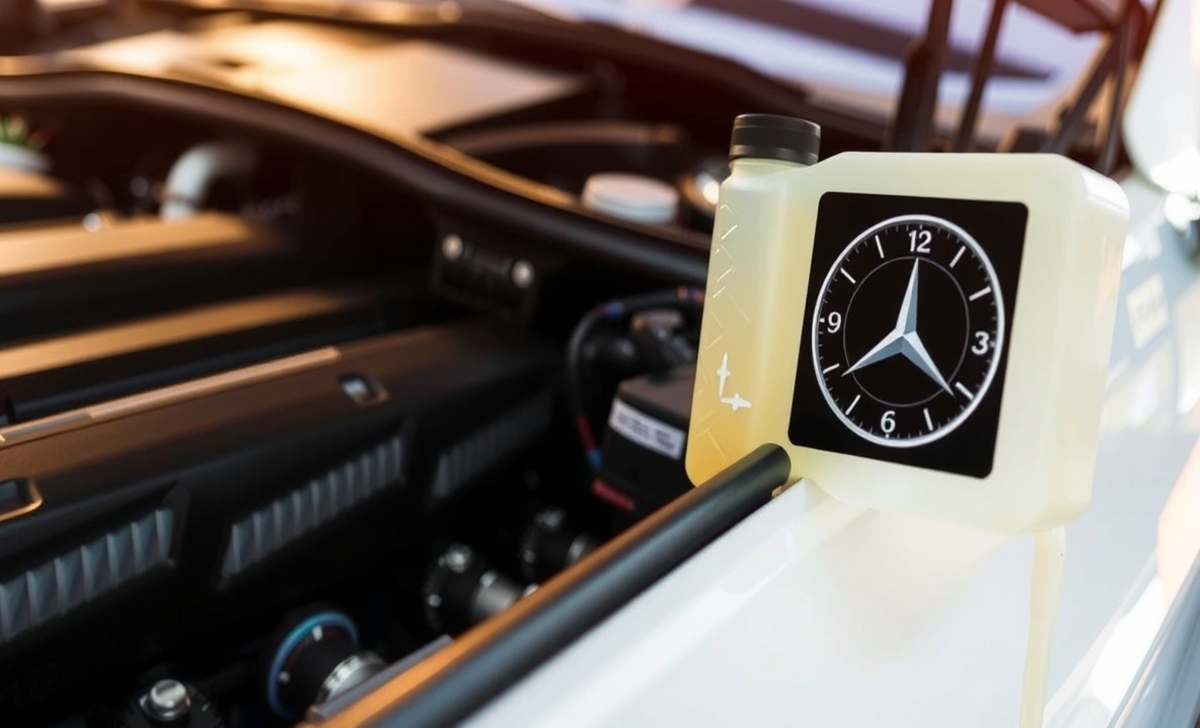
Mercedes engines work hard. Some even have a 20 liter engine. Big power makes big heat. That’s why clean coolant matters. When coolant gets old, it collects impurities like dirt and rust. It becomes less helpful. Soon, you may notice:
- A broken heater
- Poor air conditioning
- Odd smells, like a sweet taste
- Bad gas mileage
- Heat rising fast on your dashboard
- Mixed signals from the heater or temperature gauge
And if coolant gets too dirty? Your engine coolant won’t work. Your water pump can fail. Even your fuel pump and spark plugs can suffer from the heat.
Benefits Of Coolant Flush For Engine Health
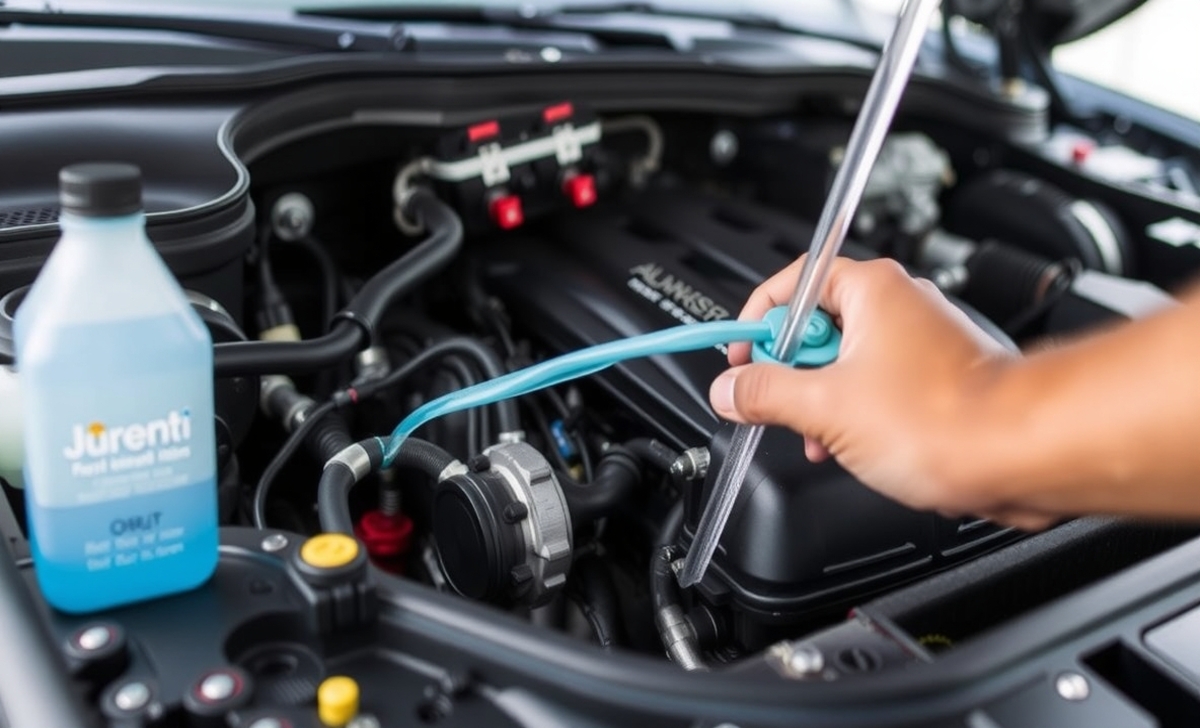
A proper coolant flush is like giving your engine a detox. You remove old dirty coolant, flush out impurities, and refill with clean, manufacturer-approved coolant. That fresh coolant helps your coolant antifreeze circulate freely, keeping the engine at the proper temperature and preventing those scary temperature fluctuations on your dash.
Here’s what a coolant flush does for you:
- Boosts gas mileage by reducing heat stress
- Prevents spark plug replacement from early heat damage
- Keeps your heater blowing hot when it’s freezing outside
- Protects your fuel pump and fuel filter by keeping temps stable
Trust me, your Mercedes-Benz coolant system is a delicate dance. And a flush keeps it in rhythm.
Signs You Need A Coolant Flush
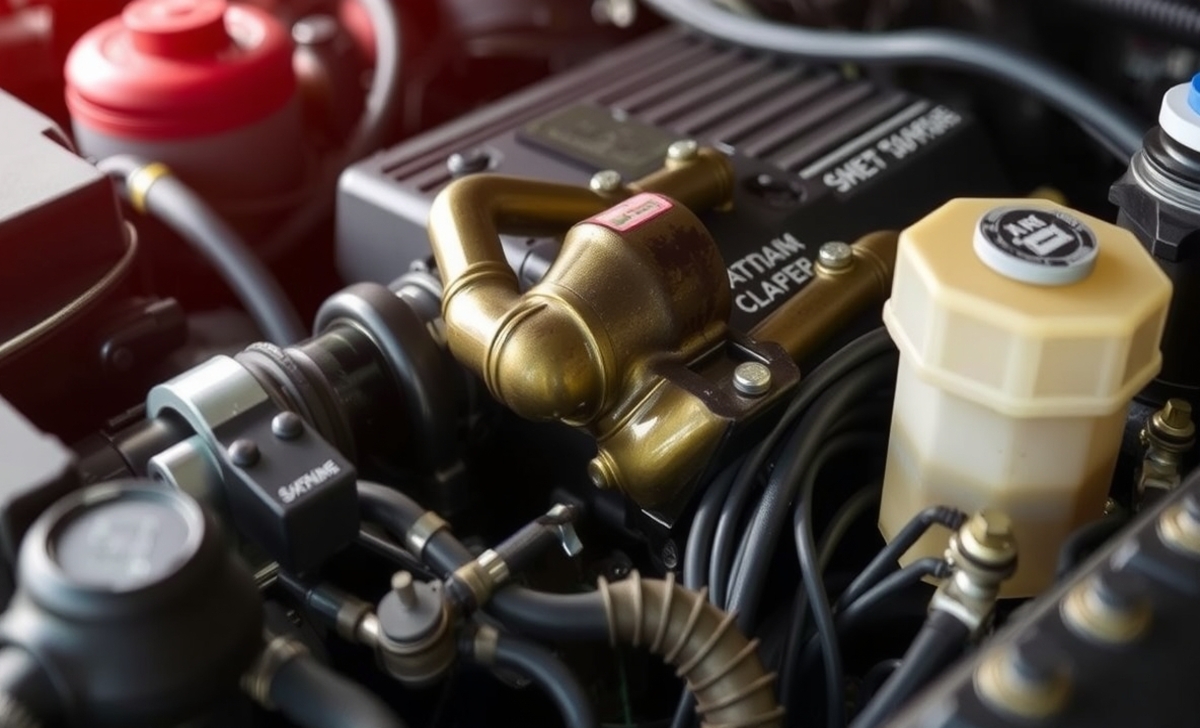
Pay attention, your car talks. Here’s what it says when it needs a flush:
- Coolant looks brown, not bright green, pink, or blue
- You smell a sweet taste after driving
- The thermostat shows the temp creeping up
- You see rust in the coolant reservoir
- Heat isn’t working properly in the cabin
Also, watch for mixed signals—like poor air conditioning despite engine cooling issues. That’s your cooling system screaming for help. Check coolant on a regular basis. Old coolant leads to a costly radiator fix. Better safe than sorry.
Temperature Fluctuations
Mercedes-Benz engines are high-performance. If your needle keeps jumping from cool to hot, that’s a warning. Temperature fluctuations often mean your coolant antifreeze isn’t doing its job. Either it’s old or contaminated.
Imagine running a marathon with bad shoes—eventually, something gives. Your engine feels the same when coolant is off.
Discolored Or Contaminated Coolant
Good coolant is clear and colorful. Bad coolant looks muddy and might have floating particles. That’s rust, debris, and breakdown from old antifreeze. It can cause seal leaks, clog your hose, and destroy the water pump. It’s like drinking from a dirty glass. Not only gross but dangerous.
When To Flush It
Check your manual for your model. Short trips and bad roads? You may need to do it sooner. So, how often should you flush? Here’s the golden rule: every 3–5 years or 30,000–50,000 miles. But it’s not one-size-fits-all. Got a V12 or a 20 liter engine? You’re generating more heat, and that coolant antifreeze breaks down faster.
Drive short trips on rough roads? You’re working the engine harder. That means more stress on the cooling system, and yes—you’ll need a Mercedes-Benz coolant flush sooner. Check your owner’s manual. Or better yet, ask a trusted mechanic.
What Does The Coolant Do Exactly?
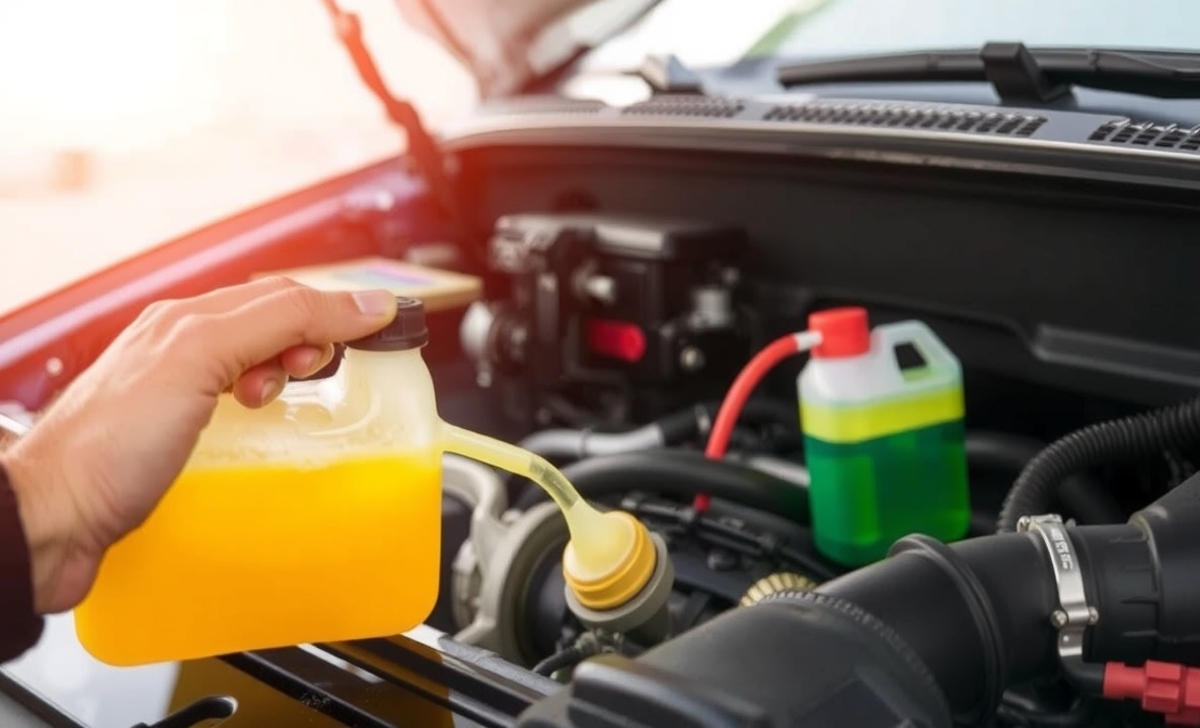
Coolant is more than colorful liquid. It:
- Transfers heat from the engine
- Keeps things cool in summer
- Prevents freezing in winter
- Helps move heat to the heater core
- Lubricates the water pump
- Prevents rust and seal leaks
It’s made with ethylene glycol, a chemical that smells sweet. It helps keep your radiator cap, thermostat, and cooling system in top shape.
Adhering To Mercedes-Benz Guidelines
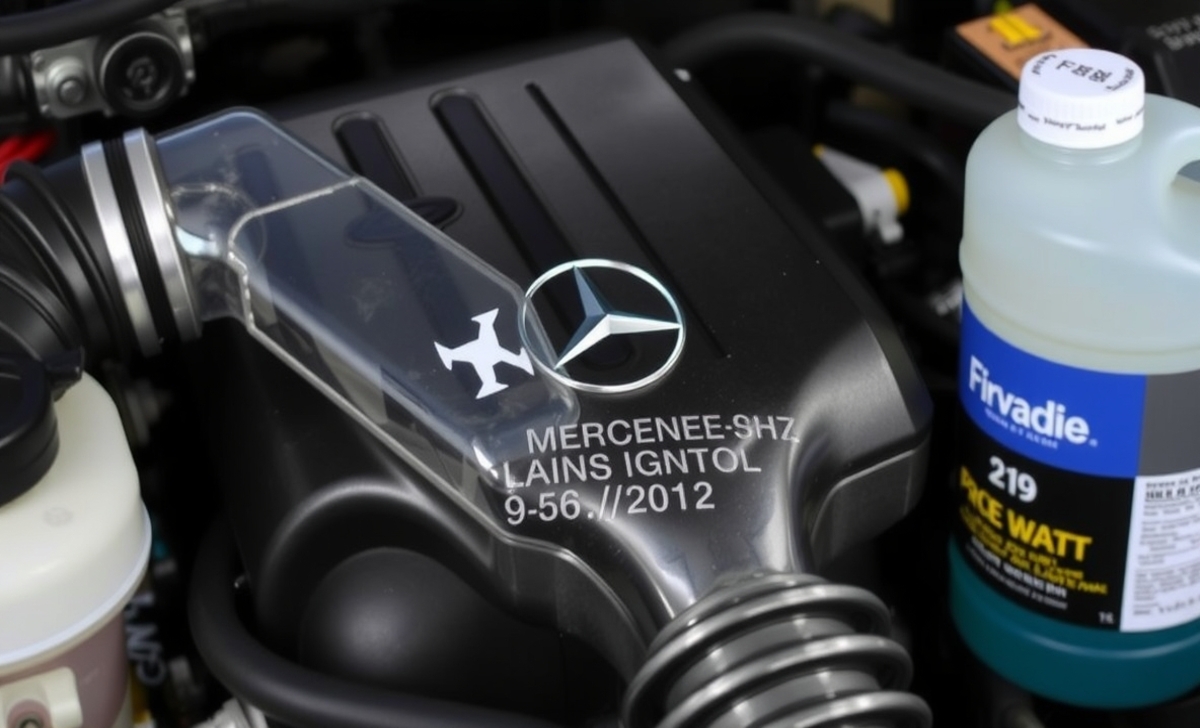
Mercedes-Benz has specific needs. Using just any antifreeze won’t cut it. They often require HOAT or G-48 engine coolant. Why? Because it’s designed to prevent rust, maintain heater core health, and optimize the water pump.
Also, mix it 50/50 with distilled water—not tap water. Tap water has minerals that clog your system. Think of it like washing your face with muddy water. Sounds wrong, right? Same logic applies here.
Necessary Tools For A Coolant Flush
You don’t need a full garage to DIY this. Here’s what you need:
- Gloves and safety goggles
- Catch pan for draining old coolant
- Funnel
- Distilled water
- Mercedes-approved coolant antifreeze
- Wrench or screwdriver (for the radiator drain plug)
- Access to the lower radiator hose
Optional but helpful: a video from Hans Angermeier—a legend for step-by-step car repair guides.
Mercedes-Benz Coolant Type: Use The Right Stuff
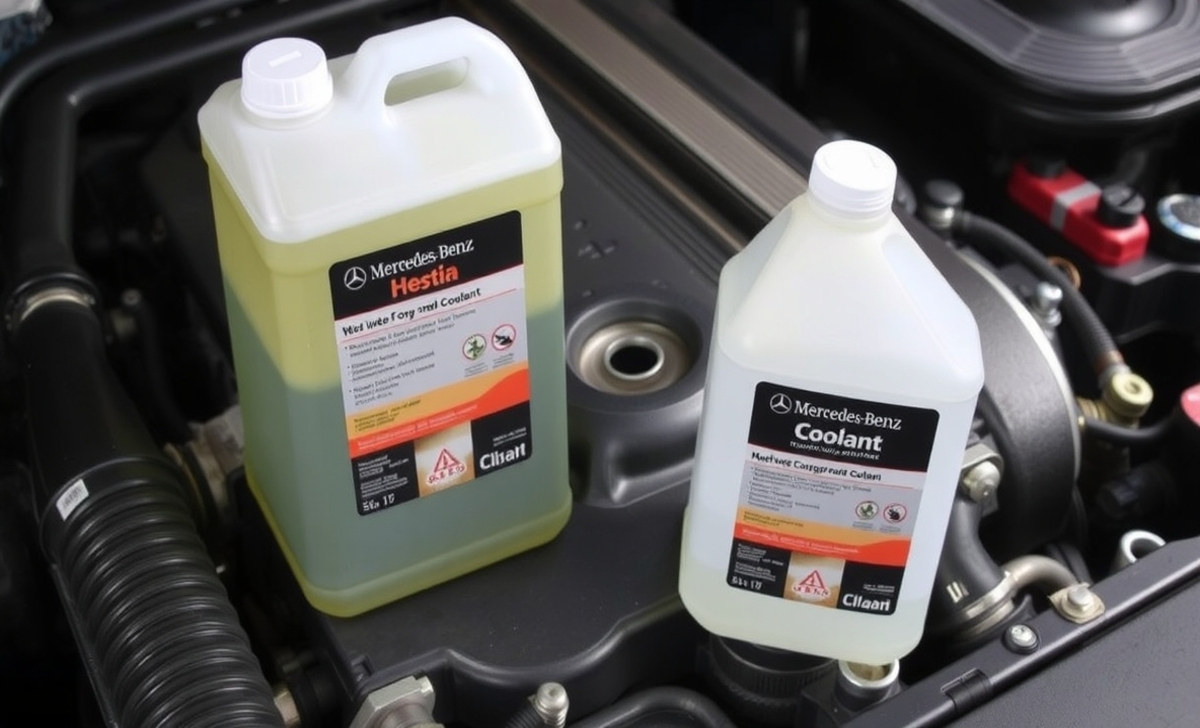
Mercedes uses a special mix. It’s often HOAT or G-48. Don’t use just any coolant. Wrong ones can cause leaks and rust. Always mix it with distilled water. Never tap water. Tap water has minerals. These create impurities, rust, and blockage. Think of it like brushing your teeth with dirty water. Gross, right?
How To Flush Coolant (Step-by-Step)
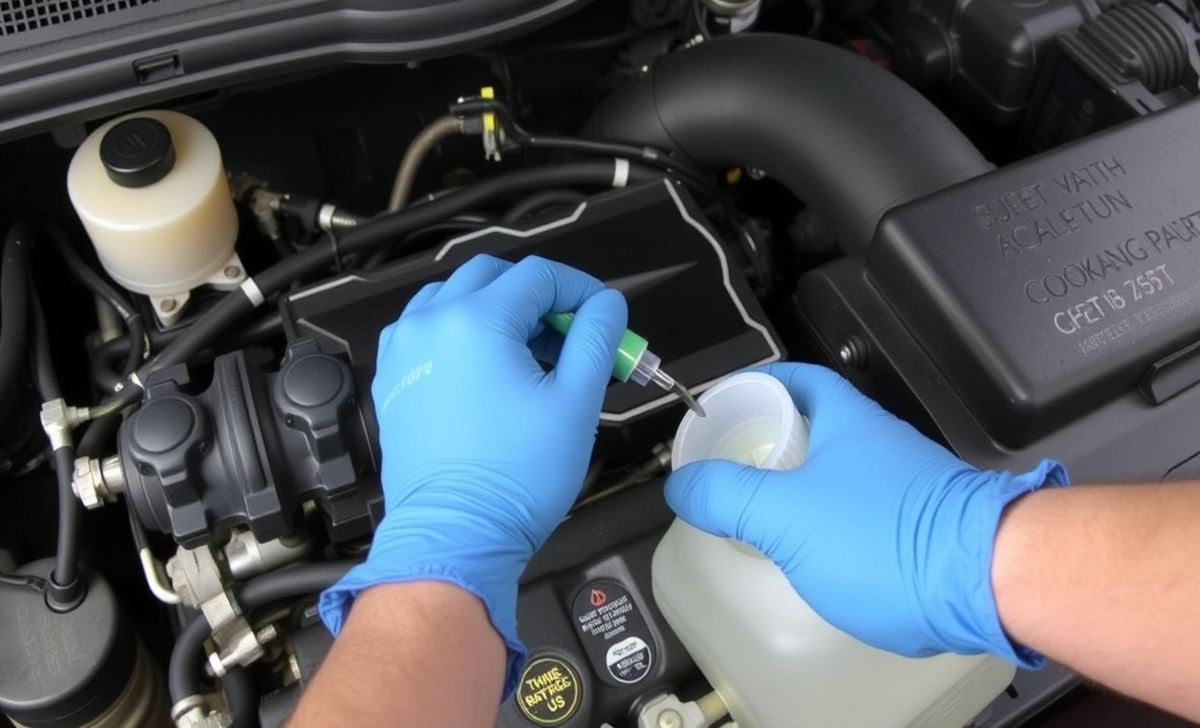
Let your engine cool completely. Never, ever open the radiator cap while hot. That pressure can send boiling coolant flying. Wear gloves, keep pets and kids away, and always use a sealed container to collect old dirty coolant. It contains ethylene glycol, which is sweet-smelling but toxic.
Want to try it yourself? Here are the basic repair procedures:
1. Draining the Old Coolant
- Let the engine cool
- Open the radiator cap
- Remove the radiator drain plug or disconnect the lower radiator hose
- Collect the old coolant in a catch pan
2. Flushing the System with Water
- Pour in distilled water
- Run the engine with the heater on
- Let it circulate and flush
- Drain again to clear out debris
3. Adding New Coolant
- Mix your antifreeze 50/50 with distilled water
- Fill the radiator and coolant reservoir
- Run the engine again with the heat on
- Check levels and top off as needed
Boom—you’ve just nailed a basic repair procedure that saves you hundreds.
Benefits Of Using Manufacturer-Approved Coolant
Mercedes-Benz doesn’t just suggest specific coolant antifreeze for fun. Their engines are complex. Using the right coolant prevents seal leaks, reduces impurities, and ensures system compatibility.
Generic coolants can cause rust, gasket wear, and even necessitate fuel pump or spark plug replacement due to overheating. Not worth the risk.
Ensuring System Compatibility And Efficiency
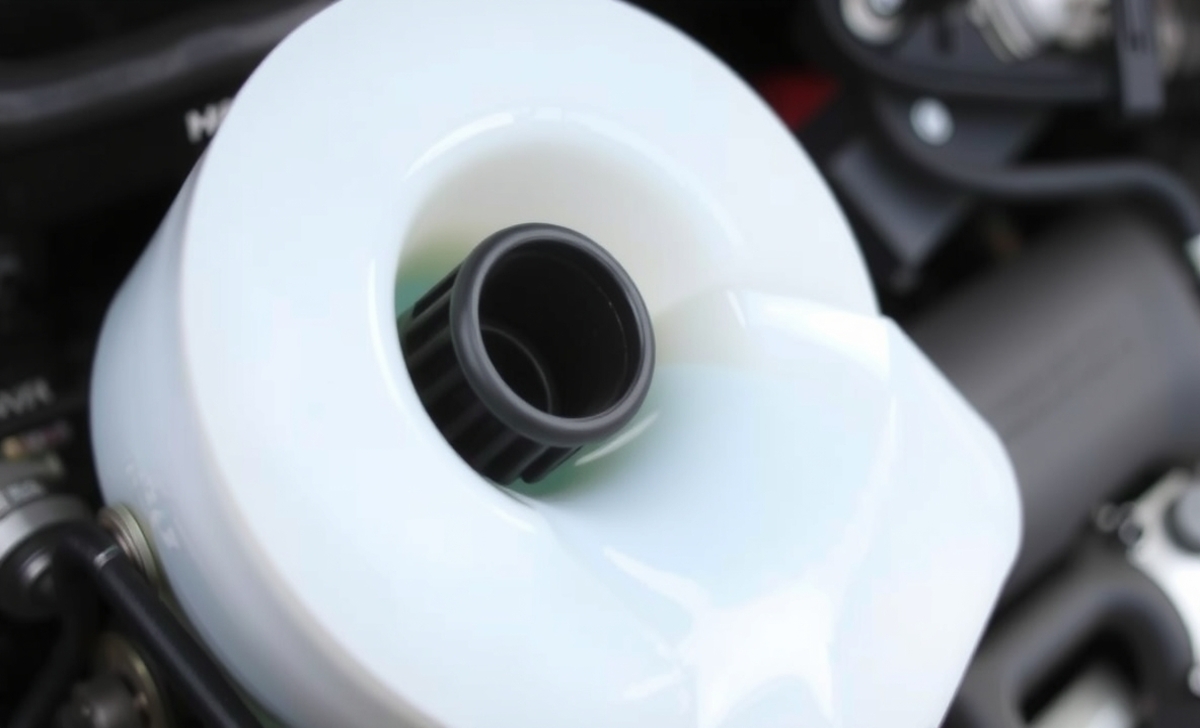
Using the wrong coolant is like feeding soda to a plant—it looks fine at first but dies quietly. Stick to Mercedes specs. It ensures:
- Efficient cooling
- Longer water pump life
- No clogged hose or heater core
- Better performance from your cooling system
Potential Risks Of Neglecting Coolant Maintenance

Skipping your coolant flush? Here’s the horror show:
- Clogged radiator or heater core
- Warped thermostat and failed water pump
- Fuel filter gunked up from heat stress
- Sky-high gas mileage
- Odd electrical problems from heat affecting circuits
One client had a 20 liter AMG beast. He thought he could stretch a few months past due. Guess what? Blown radiator, melted plugs, and a fuel pump replacement bill that hurt.
DIY Vs Pro: Which One To Choose?
DIY: Cheap but takes time.
Cost: $30–$70
Mechanic: Fast, clean, and safe.
Cost: $120–$300
Dealer: More expensive but includes inspection.
Many places offer service specials. Look online or ask at your local shop.
Radiator Flush Vs Coolant Flush
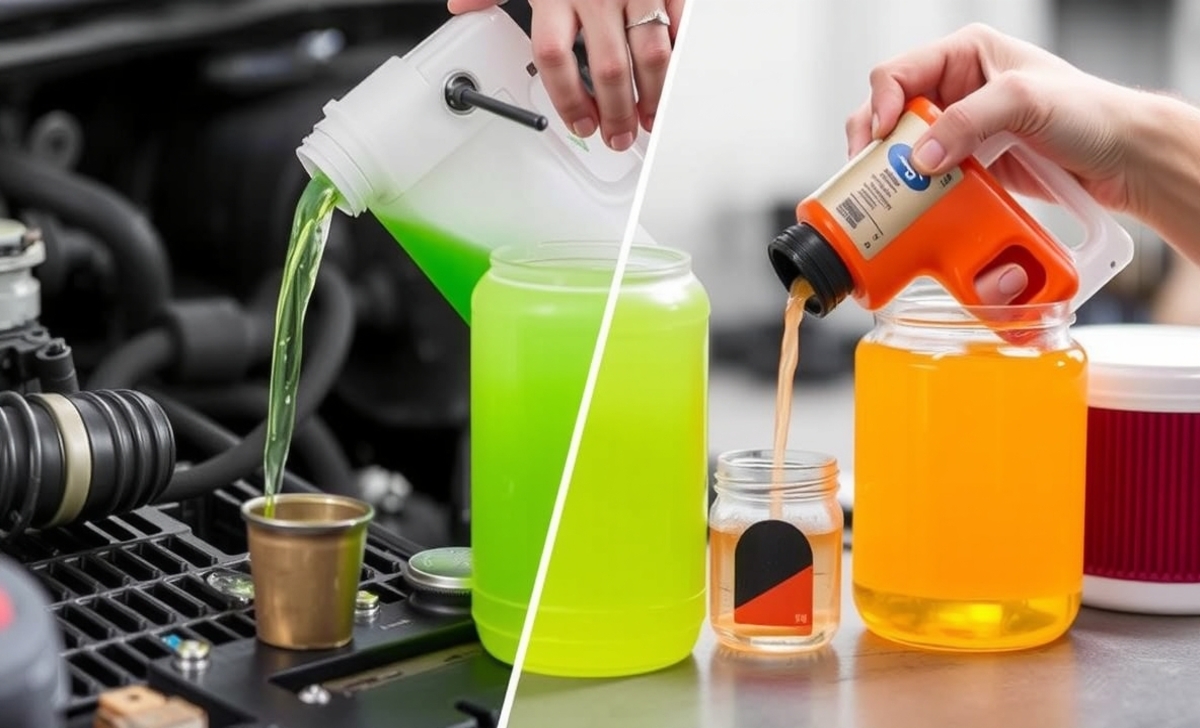
People mix them up. But they’re different. Coolant flush: Removes old coolant. Adds new one. Radiator flush: Cleans just the radiator, not full cooling system. You may need both, especially if coolant is very dirty. Coolant matters more than you think!
Don’t Forget These Coolant Tips
- Never open the radiator cap when hot
- Always use Mercedes-Benz coolant
- Mix it 50/50 with distilled water
- Watch for a sweet taste smell
- Check for seal leaks, rust, or brown coolant
- Replace coolant on a regular basis
- Watch for changes in heat or gas mileage
Safe Disposal Of Old Coolant
Coolant is dangerous. It contains ethylene glycol. Keep away from pets and kids. To throw it away:
- Put in a sealed bottle
- Take to a recycling center or shop
Never pour it down a drain or on the ground.
Final Word
A Mercedes-Benz coolant flush is simple. But powerful. It keeps your engine, water pump, thermostat, and whole cooling system working well. It might seem small, but it protects big. Think of it like brushing your teeth—routine, but vital. Clean coolant keeps your engine, cooling system, water pump, and heater core healthy.
It prevents surprise breakdowns, keeps you cozy in winter, and saves you from pouring money into avoidable repairs. Check for service specials, follow your manual. When in doubt, flush it out. Your Mercedes-Benz coolant system will thank you. Stay cool, drive happy, and don’t let the heat win.
FAQs
1.How Often Should I Check Coolant?
Every few months or before long trips is a smart habit. Regular checks help you spot low levels or leaks before they turn into expensive problems.
2.Why Does It Smell Sweet?
That’s ethylene glycol you’re smelling—a key ingredient in most coolants. It gives off a syrupy, candy-like scent, but don’t be fooled—it’s toxic. Never taste it, and keep it away from pets and kids.
3.Will It Fix My Heater?
Yes! It can. A coolant flush clears out buildup in the heater core, which often restores heat inside the cabin and improves airflow.
4.What If I Use The Wrong Coolant?
It can cause leaks or engine damage. Coolants aren’t one-size-fits-all—mixing types can create a chemical mess that corrodes parts or clogs the system.
5.Are Service Specials Worth It?
Yes. They often save time and money. Bundled deals or seasonal promotions usually include inspections and multi-point checks—making them a great value for your ride.
6.Does It Affect Gas Mileage?
Yes! Clean coolant keeps the engine running better. An efficient cooling system helps your engine stay at the optimal temperature, reducing strain and improving fuel efficiency.
